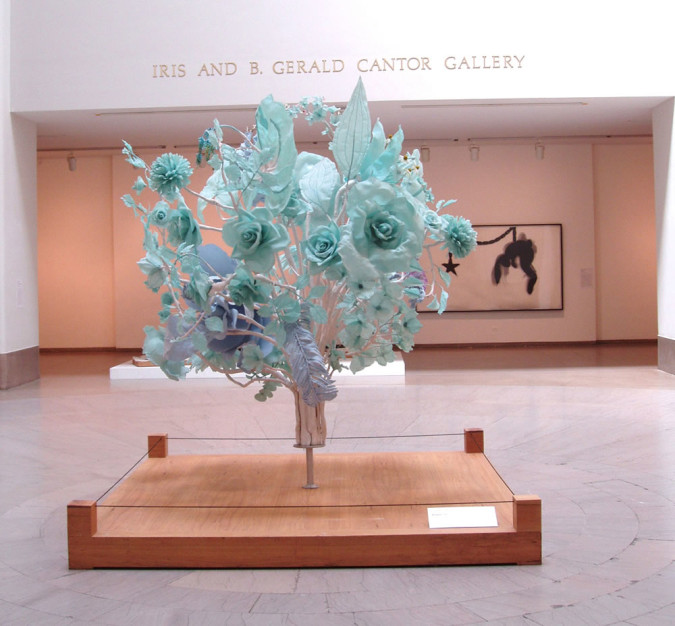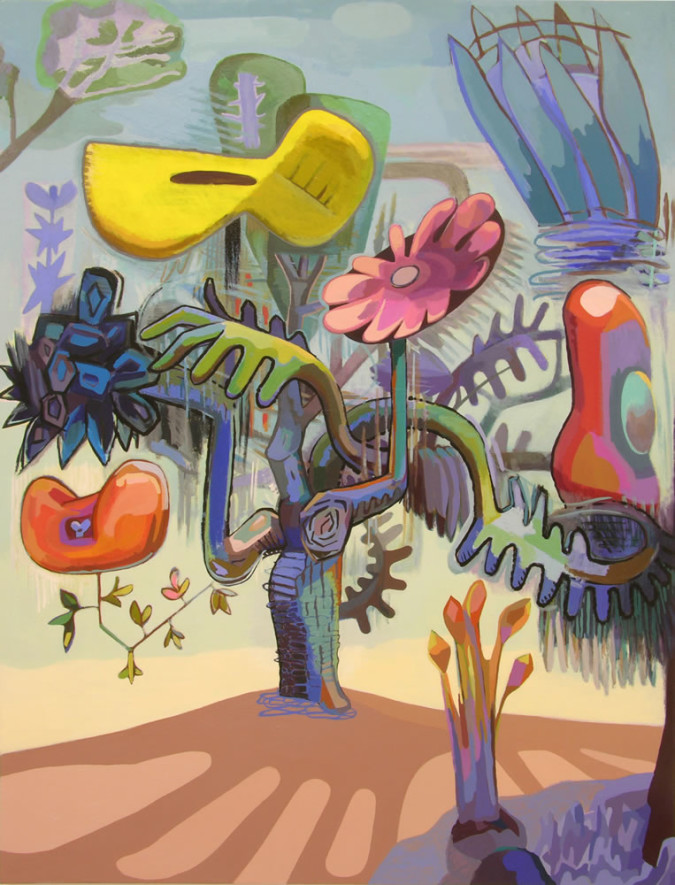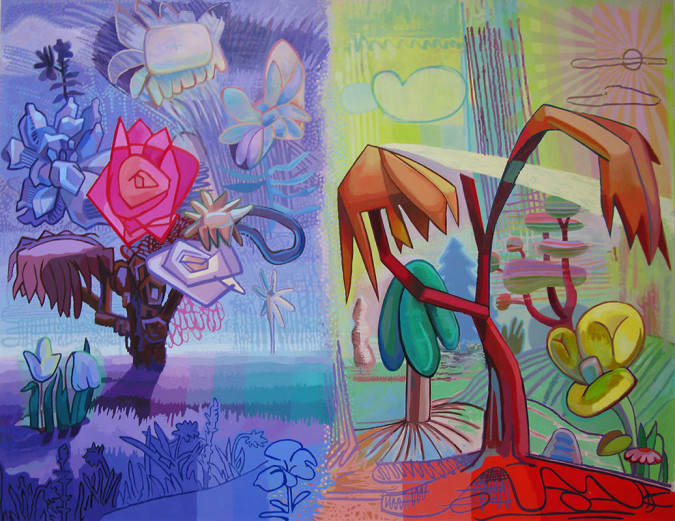JoAnne Carson
JoAnne Carson is Brooklyn based artist whose work can be found in many public collections including the Brooklyn Museum of Art, the Fort Worth Art Museum, the Joslyn Art Museum, the Museum of Contemporary Art in Chicago, the Smart Museum of Art in Chicago, and the Frederick Weisman Art Foundation in Los Angeles. She has received numerous awards including the Rome Prize from the American Academy in Rome, a Purchase Prize from the American Academy of Arts and Letters, the Louise Bourgeois Residency from Yaddo, and individual artist grants from the National Endowment for the Arts and Awards in the Visual Arts. Solo museum exhibitions include The Fort Worth Art Museum and The Museum of Contemporary Art in Chicago; additionally she has had multiple one-woman gallery shows in New York and Chicago. Her work has been represented in public group exhibitions most notably in the Whitney Museum Biennial Exhibition, the American Academy of Arts and Letters Ceremonial Exhibition, The New Orleans Museum, the Albright Knox Museum in Buffalo, the Institute of Contemporary Art in Philadelphia, the Sheldon Museum in Lincoln, Nebraska and the Fleming Museum in Burlington, Vermont.
Question:
You started as a painter and then made sculpture for a decade or more. Now you are painting again. How do you think your stint with sculpture affected your painting? And can you talk about the differences and similarities between working on your sculpture and your painting.
Answer:
To the question of how my sculpture has influenced my painting, and how the two practices inform each other I would say that I feel like a visitor in both camps. I’m neither a painter’s painter nor a sculptor’s sculptor. I make work that intentionally jumps categories. My aim is to create a burgeoning world that has hybridity at its core.
This play between media was very prevalent in my early work when I made large, three-dimensional paintings using constructed and found objects. Over the sculptural elements –gutted televisions, wooden chairs, and vintage curtains – I painted an image that effectively camouflaged the dimensional components. But the effect of disguising the objects only held if the viewer didn’t move, at which point the furniture started jutting out and asserting its own space. It was like a duet in which one player intentionally disrupts the other.
In 2002 I began to make freestanding sculpture. The first piece that I made– Bouquet– was a nine-foot high bouquet of invented flowers based on photographs of my husband and myself. The process of making it was similar to constructing a very large drawing in space with botanical specimens – like a 3D Arcimboldo. Naturally, the sculptural elements only synch with the flat image from a single angle and so the sculpture was conceived by thinking in a series of flat planes. It was a backhanded way of working, perhaps, but it was the only way I could figure out how to make something in the round.
My recent paintings envision a world of animated and abstracted flower forms – equal parts Cubism and Looney Tunes. The same sensibility at work in my sculpture is here, too: a love of the serio-comic, a delight with pattern and intense color, as well as a surrealist hybridity that happily mixes sources and categories.
I spent ten years studying the anatomy of flowers and plants, and making hundreds of sculptural parts that riff on that anatomy. I know the botanical construction and visual logic of plants pretty well, experience that gives me the basis for inventing forms in paintings. I often feel that I am painting a picture of an imaginary sculpture that – like my actual sculpture – expresses a character or personage. And I can almost weigh that form in my hands it is so palpable, more object than image in my imagination.
But the territory that is strictly the domain of painting is the construction of the non-object elements to make a complete world – atmosphere, spatial distance, and a sense of light. For this, the helpfulness of my past sculptural imagination has run its course. So very recently I am making a new kind of sculpture – small dioramas -to use as sources for the paintings. I anticipate that when I return to sculpture these macquettes will play a role there as well.









love the sculpture becoming paintings, or perhaps the paintings were first? I see a garden..